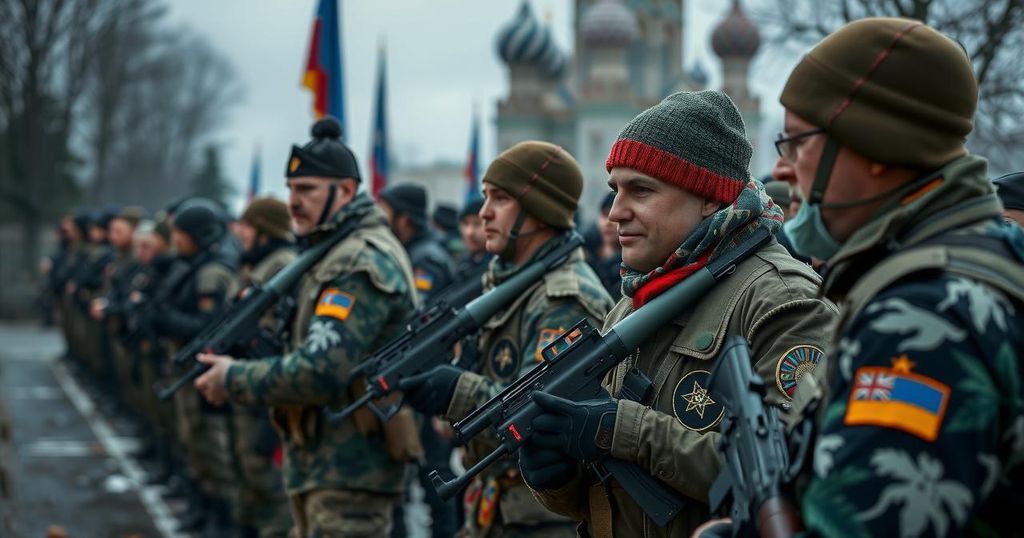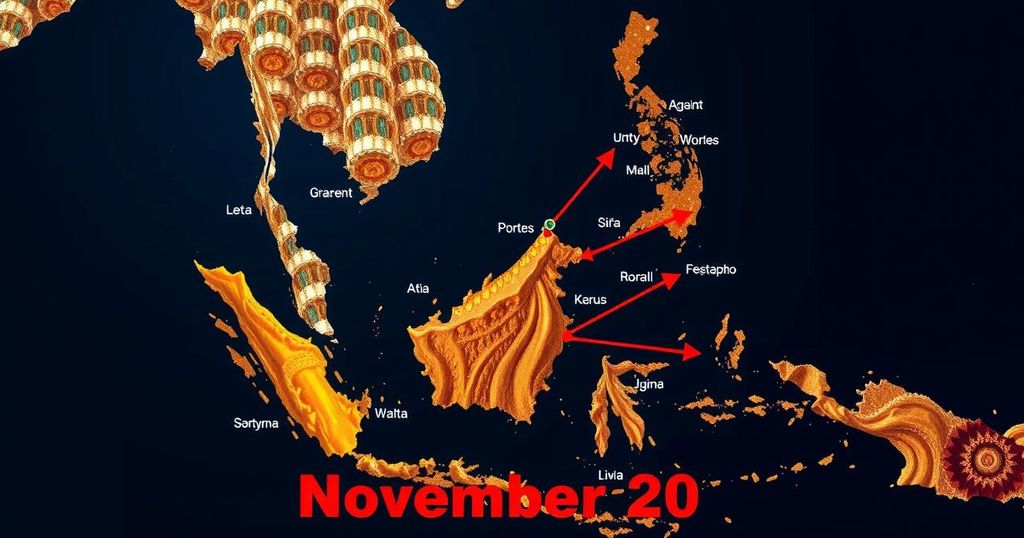Moscow’s Regional Militia Strategy: A Pathway to Civil Unrest
The Kremlin’s support for regional militias amidst security concerns raises prospects for increased local autonomy. While the new units may assist in handling emergencies, potential loyalty shifts could threaten Moscow’s centralized power, elevating the risk of civil conflict should the regime weaken. The historical context of military loyalty reinforces fears of heightened violence as regions vie for authority.
Recent developments in Russian governance indicate a significant shift with the Kremlin’s endorsement of a proposal allowing regional governors to create their own militias. This initiative, prompted by the necessity of dealing with disasters and military threats such as the conflict in Ukraine, has raised concerns over the potential for unrest. While the Russian government anticipates maintaining control over these new military units, historical examples suggest that loyalty may lie with regional leaders rather than Moscow, threatening centralized authority and increasing the likelihood of civil conflict.
In September 2023, Moscow advocated for a legislative change permitting all regional heads within the Russian Federation to establish armed forces. This decision responds to inadequacies felt by several regions in defending against challenges such as natural disasters and foreign aggressions. The broader implications of creating multiple military forces raise questions regarding the central government’s control and the possibilities of regional dissent, exacerbated by the prior Prigozhin-led rebellion which exemplified risks tied to decentralized military loyalty.
In conclusion, the initiative permitting the formation of regional militias poses both immediate and long-term ramifications for the stability of the Russian Federation. If political power in Moscow weakens, these militiamen might align more closely with regional leaders, increasing the risk of violence and civil discord. The combination of armed regional forces and intensified ethnic ties could facilitate more significant internal conflict, vastly differing from the relatively peaceful dissolution of the Soviet Union in 1991.
Original Source: jamestown.org






Post Comment